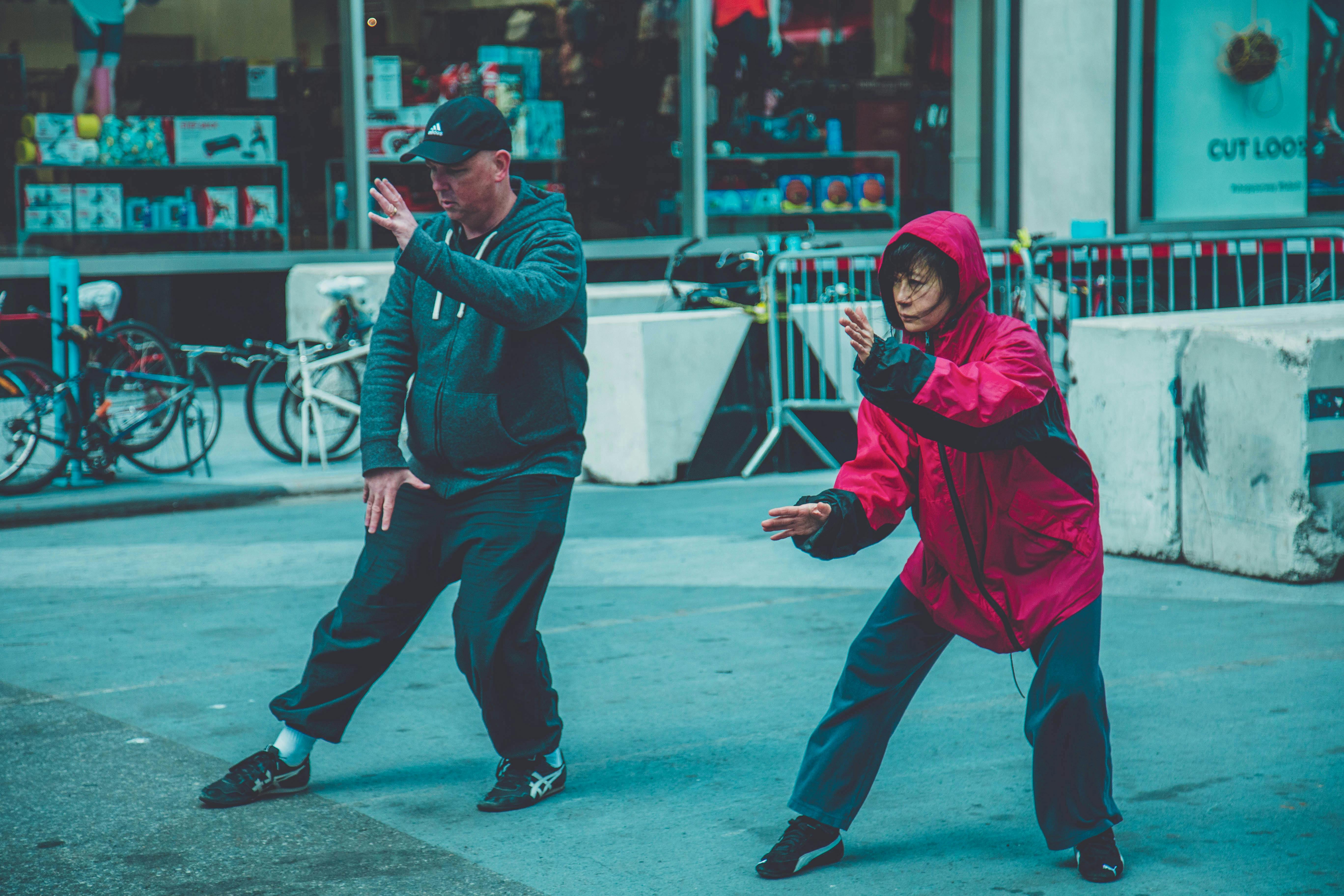Rediscovering the Charm of Walking Tours: An Old Trend with a Modern Twist
Walking isn't just a means of getting from point A to point B—it's a powerful tool for exploration, discovery, and connection. In the fast-paced world of modern tourism, walking tours are making a comeback, offering travelers a chance to slow down and immerse themselves in their surroundings. This article delves into the upward trend of walking tours, highlighting their rich history, current trends, benefits, and challenges.
A Step Back in Time: The History of Walking Tours
Walking tours are far from a recent phenomenon. They trace their roots back to the 18th-century Europe, where the concept of “the Grand Tour” was popular among the British elite. This form of travel typically involved extensive walking, allowing tourists to immerse themselves in local cultures and landscapes. The tradition has evolved since then, adapting to modern needs and trends, yet retaining its core principle—exploration at a human pace.
Walking Tours Today: Trends and Innovations
Today, walking tours are redefining the way we travel. They come in various forms, from city tours that explore architectural wonders and historic sites to nature hikes that take you through scenic landscapes. Some tours have a thematic focus, such as food, street art, or history. As a reaction to mass tourism, many seek to create a more sustainable and authentic travel experience.
Advantages of Walking Tours: A Closer Look at the Experience
Walking tours offer numerous benefits. They allow for a more intimate connection with the environment, revealing details often overlooked in faster forms of travel. Walking tours also promote sustainable tourism, as they have a lower environmental impact compared to transport-based tours. Moreover, they provide health benefits, combining exercise with exploration.
Challenges and Considerations: What to Keep in Mind
Despite their benefits, walking tours also present challenges. They are time-consuming and can be physically demanding, especially for those with mobility issues. The success of a walking tour often depends on external factors such as weather and safety conditions. Furthermore, in popular tourist destinations, overcrowding can diminish the quality of the experience.
Practical Tips for Your Walking Tour Adventure
-
Understand your physical limits and choose a tour that suits your fitness level.
-
Dress appropriately for the weather and wear comfortable shoes.
-
Stay hydrated and carry snacks for energy.
-
Respect local customs and environments.
-
Research the area beforehand to enhance your understanding and appreciation.
In conclusion, walking tours are a refreshing alternative to traditional tourism, offering a unique blend of adventure, education, and exercise. They challenge us to slow down, engage with our surroundings, and discover the hidden gems that lie in plain sight. As we navigate through the bustling city streets or traverse idyllic countryside paths, we are reminded of the simple yet profound joy of exploration—one step at a time.







